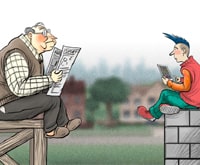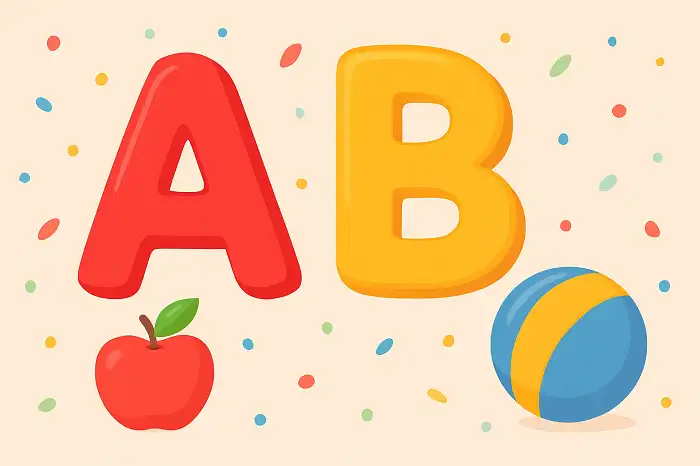Reading practice on generation gap Reading practice on generation gap https://www.youtube.com/watch?v=LGIU3rsPYHY What Is a Generation Gap? A generation gap refers to the chasm that separates the thoughts expressed by members of two different generations. More specifically, a generation gap can be used to describe the differences in actions, beliefs, and tastes exhibited by members of younger generations, versus older ones. The subjects at hand may be vast and varied but can include politics, values, and pop culture. While generation gaps have been prevalent throughout all periods of history, the breadth of differences of these gaps has widened in the 20th ...
Home » Reading Practice in English » Reading Practice on Generation Gap with Flashcards

Reading Practice on Generation Gap with Flashcards
Updated: by Dr. Mohammad Hossein Hariri Asl
Time to Read: 3 minutes | 383 Views | No Comments on Reading Practice on Generation Gap with Flashcards
Share This Post
About the Author
Dr. Mohammad Hossein Hariri Asl is an English and Persian instructor, educator, researcher, inventor, published author, blogger, SEO expert, website developer, entrepreneur, and the creator of LELB Society. He's got a PhD in TEFL (Teaching English as a Foreign Language).
Number of Posts: 4223


